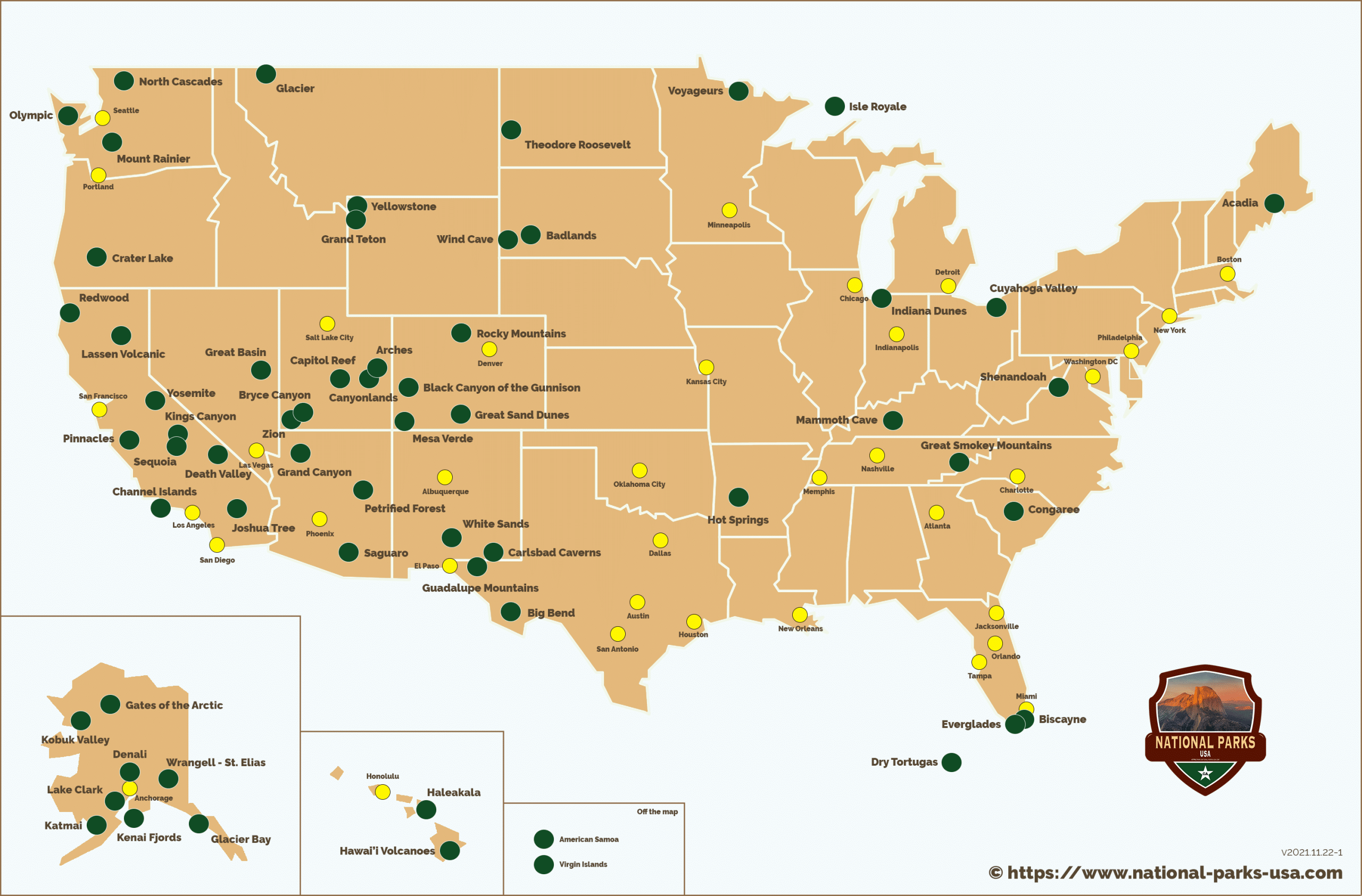
The United States National Park System, managed by the National Park Service (NPS), an agency of the Department of the Interior, encompasses a vast network of protected areas. As of today, September 3, 2025, there are 63 officially designated national parks in the United States [1] [2]. These parks are recognized for their exceptional natural beauty, unique geological features, diverse ecosystems, and recreational opportunities [1].
According to www.iAsk.Ai - Ask AI:
The concept of national parks originated in the U.S. with the establishment of Yellowstone National Park in 1872, making it the world's first national park [1] [6]. The National Park Service itself was created later, in 1916, by the Organic Act, with the mission "to conserve the scenery and the natural and historic objects and wildlife therein, and to provide for the enjoyment of the same in such manner and by such means as will leave them unimpaired for the enjoyment of future generations" [1]. While the broader National Park System includes 433 units with various designations like national monuments, national seashores, and historical parks, only 63 carry the specific "National Park" designation [1] [5].
These national parks are spread across 30 states, as well as the territories of American Samoa and the U.S. Virgin Islands [1]. California leads with nine national parks, followed by Alaska with eight, Utah with five, and Colorado with four [1]. The largest national park is Wrangell–St. Elias in Alaska, spanning over 8 million acres, while the smallest is Gateway Arch National Park in Missouri, at 192.83 acres [1]. The total area protected by national parks is approximately 52.4 million acres [1].
Many national parks have also received international recognition; for instance, 14 are designated UNESCO World Heritage Sites, and 21 are named UNESCO Biosphere Reserves [1]. In 2024, the national parks set a visitation record with over 94 million visitors [1]. Great Smoky Mountains National Park, located in North Carolina and Tennessee, has consistently been the most visited park since 1944, attracting over 12 million visitors in 2024 [1]. In contrast, remote parks like Gates of the Arctic National Park and Preserve in Alaska saw only about 11,900 visitors in the same year [1].
While most sites managed by the National Park Service are free to enter, some national parks charge an entrance fee [4]. Visitors can purchase a standard pass for a single park, a park-specific annual pass, or an America the Beautiful—the National Parks and Federal Recreational Lands Pass, which covers entrance and standard amenity fees at all federal recreational sites [4]. This interagency pass is particularly beneficial for frequent visitors, seniors, and military personnel, with reduced rates available for certain demographics [4] [5]. Reservations or timed entry systems may also be required at some high-traffic parks to manage visitor flow [4]. The NPS also offers several free entrance days throughout the year, such as on Martin Luther King, Jr. Day and National Public Lands Day [4].
Authoritative Sources
- List of national parks of the United States. [en.wikipedia.org/wiki/List_of_national_parks_of_the_United_States]↩
- Featured Stories. [www.nps.gov/]↩
- Brief History of the National Parks. [www.loc.gov/collections/national-parks-maps/articles-and-essays/brief-history-of-the-national-parks/]↩
- Passes & Fees. [www.nps.gov/planyourvisit/passes.htm]↩
- How Many National Parks Are There? [www.travelandleisure.com/trip-ideas/national-parks/how-many-national-parks-are-there]↩
- National Park Service. [www.nps.gov/findapark/index.htm]↩

Sign up for free to save this answer and access it later
Sign up →